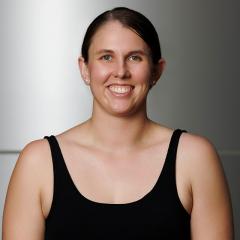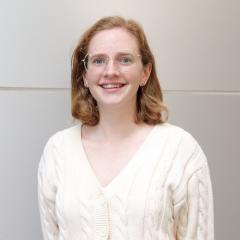The Dynamics of Morphogenesis Lab is focused on understanding the dynamic mechanisms controlling tissue formation and cell fate determination in vivo.
Morphogenesis requires the precise spatiotemporal coordination of processes occurring across multiple scales: from the expression of individual genes, to the behaviour of single cells, to the forces that drive the simultaneous movement of thousands of cells.
Our lab is interested in how molecular events are translated into, and integrated with, cellular properties and mechanical forces to orchestrate tissue formation.
We are particularly interested in how these processes interact to direct the formation of the neural tube – the embryonic precursor to the brain and spinal cord. Incorrect formation of the neural tube results in neural tube defects (NTDs) which are amongst the most common and severe birth defects.
Understanding the dynamic mechanisms driving neural tube formation may ultimately assist in the development of methods for the prediction and treatment of NTDs.
Quail imaging offers insights into congenital birth defects
A selection of imaging from Dr Melanie White
2023 Nikon Small World in Motion Competition - Honorable Mention
Group leader

Dr Melanie White
Group Leader, Dynamics of morphogenesis
+61 7 334 62494
melanie.white@imb.uq.edu.au
UQ Experts Profile
We aim to understand the key dynamic processes that direct the formation of the neural tube and the patterning of neural cell fate.
We aim to foster a collaborative and supportive lab environment with an emphasis on training and mentorship. We value curiosity, integrity and persistence. Each lab member brings a unique set of skills and experiences and we strive to create a diverse and inclusive environment where everyone can thrive.
- Remodelling of cellular actomyosin networks during neural tube formation.
- Cellular mechanotransduction and neural fate.
- Tissue-scale forces directing neural tube morphogenesis and patterning.
- Dynamics of junctional neurulation.
- Morphogenetic effects of mutations associated with human neural tube defects.
Specification of the first mammalian cell lineages in vivo and in vitro
White, Melanie D. and Plachta, Nicolas (2020). Specification of the first mammalian cell lineages in vivo and in vitro. Cold Spring Harbor Perspectives in Biology, 12 (4) doi: 10.1101/cshperspect.a035634
Instructions for assembling the early mammalian embryo
White, Melanie D., Zenker, Jennifer, Bissiere, Stephanie and Plachta, Nicolas (2018). Instructions for assembling the early mammalian embryo. Developmental Cell, 45 (6), 667-679. doi: 10.1016/j.devcel.2018.05.013
Expanding actin rings zipper the mouse embryo for blastocyst formation
Zenker, Jennifer, White, Melanie D., Gasnier, Maxime, Alvarez, Yanina D., Lim, Hui Yi Grace, Bissiere, Stephanie, Biro, Maté and Plachta, Nicolas (2018). Expanding actin rings zipper the mouse embryo for blastocyst formation. Cell, 173 (3), 776-791.e17. doi: 10.1016/j.cell.2018.02.035
Our approach
We use quantitative live imaging techniques to understand how tissue forms in real time. By applying these technologies to developing avian embryos and human induced pluripotent stem cell (iPSC) models, we investigate how molecular and cellular properties and mechanical forces direct neural tube morphogenesis.
Research areas
Many genes have been associated with neural tube defects but it remains unclear how they affect neural tube morphogenesis in real time. We use live imaging approaches to understand the dynamic processes that form the neural tube and how disruption of these leads to some of the most common human birth defects.
The actomyosin remodelling powers the cell movements that generate many tissues. Mutations associated with human neural tube defects often disrupt the actin cytoskeleton so we are interested in how actin networks are remodelled during neural tube formation and which are the key molecules controlling this.
Embryonic development requires the coordination of biochemical patterning and morphogenetic movements. Mechanical stimuli generated by morphogenesis are converted to biochemical signals by mechanotransduction pathways, which in turn regulate cellular properties and cell fate specification. We are interested in how mechanotransduction directs neural tube formation and neural cell fate.
General enquiries
+61 7 3346 2222
imb@imb.uq.edu.au
Media enquiries
IMB fully supports UQ's Reconciliation Action Plan and is implementing actions within our institute.
Support us
Donate to research
100% of donations go to the cause






